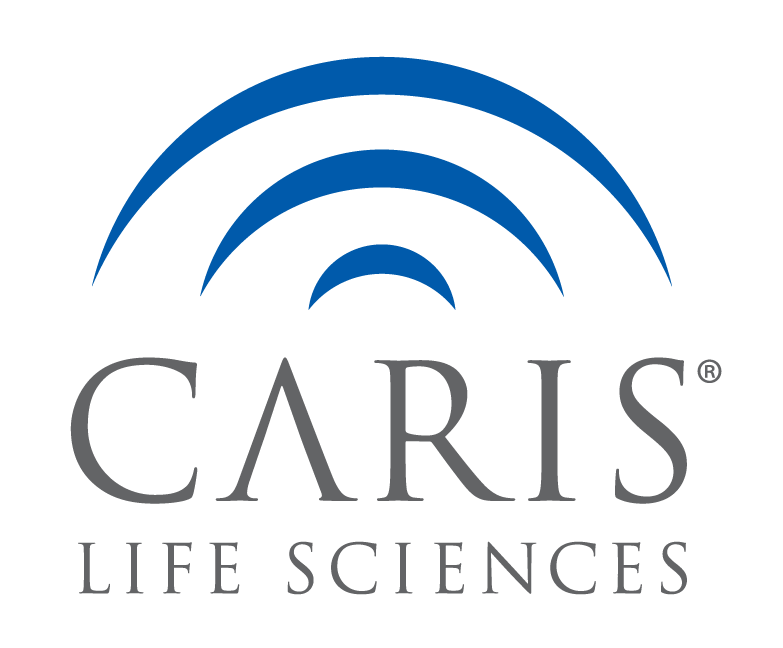
What is Homologous Recombination Deficiency?
Video Transcript
DNA is a double-stranded molecule located in all of the cells in our body. Human bodies work and thrive because our cells are constantly replicating and dividing, creating an opportunity for DNA to be damaged.
WHAT IS HOMOLOGOUS RECOMBINATION REPAIR
One way the DNA can be damaged is by a double-strand break. This is where a break occurs on both strands of the DNA, causing a section to detach from the rest of the molecule. Our body naturally has safeguards and ways to repair this damage. Homologous Recombination Repair is one of the mechanisms our body uses to repair these breaks. Incredibly, the process can locate an undamaged DNA strand and use it as a template to repair the broken segment.
HOMOLOGOUS RECOMBINATION DEFICIENCY AND CANCER DEVELOPMENT
When a cell has lost the ability to repair these double-stranded breaks, it is called Homologous Recombination Deficiency (HRD). Genes crucial to this repair process can develop mutations that alter their protein’s function so they cannot repair the double-stranded DNA breaks. The cell can compensate for this but repairs the DNA incorrectly. The DNA can be left with scars due to these incorrect repairs. Homologous Recombination deficiency can contribute to cancer development, especially in ovarian, breast, prostate, and pancreatic tumors.
It is important that your physician be informed as to whether HRD is a contributing factor to your cancer because tumors that have homologous recombination deficiency are more vulnerable to a specific targeted therapy that inhibits PARP protein function, which typically are used by our cells to repair DNA damage.
CARIS IDENTIFIES TUMORS THAT EXHIBIT HOMOLOGOUS RECOMBINATION DEFICIENCY (HRD)
Caris performs DNA sequencing that detects mutations in all genes associated with the homologous recombination proteins, including BRCA1 and BRCA2. Broken DNA, erroneously repaired DNA, and scarred DNA, can all be the genetic consequences of HRD that can also be detected through Caris testing. The more information your doctor has about your specific tumor, the more focused and productive your treatment can be.
Discover
More
The human body is made up of trillions of individual cells. Each cell contains the complete DNA code needed to make every part of the human body. Genes are long strands of DNA that give each person their individual characteristics.
Cancer is a disease that happens at the cellular level. It occurs when cells in an area of the body begin growing and multiplying too rapidly.
